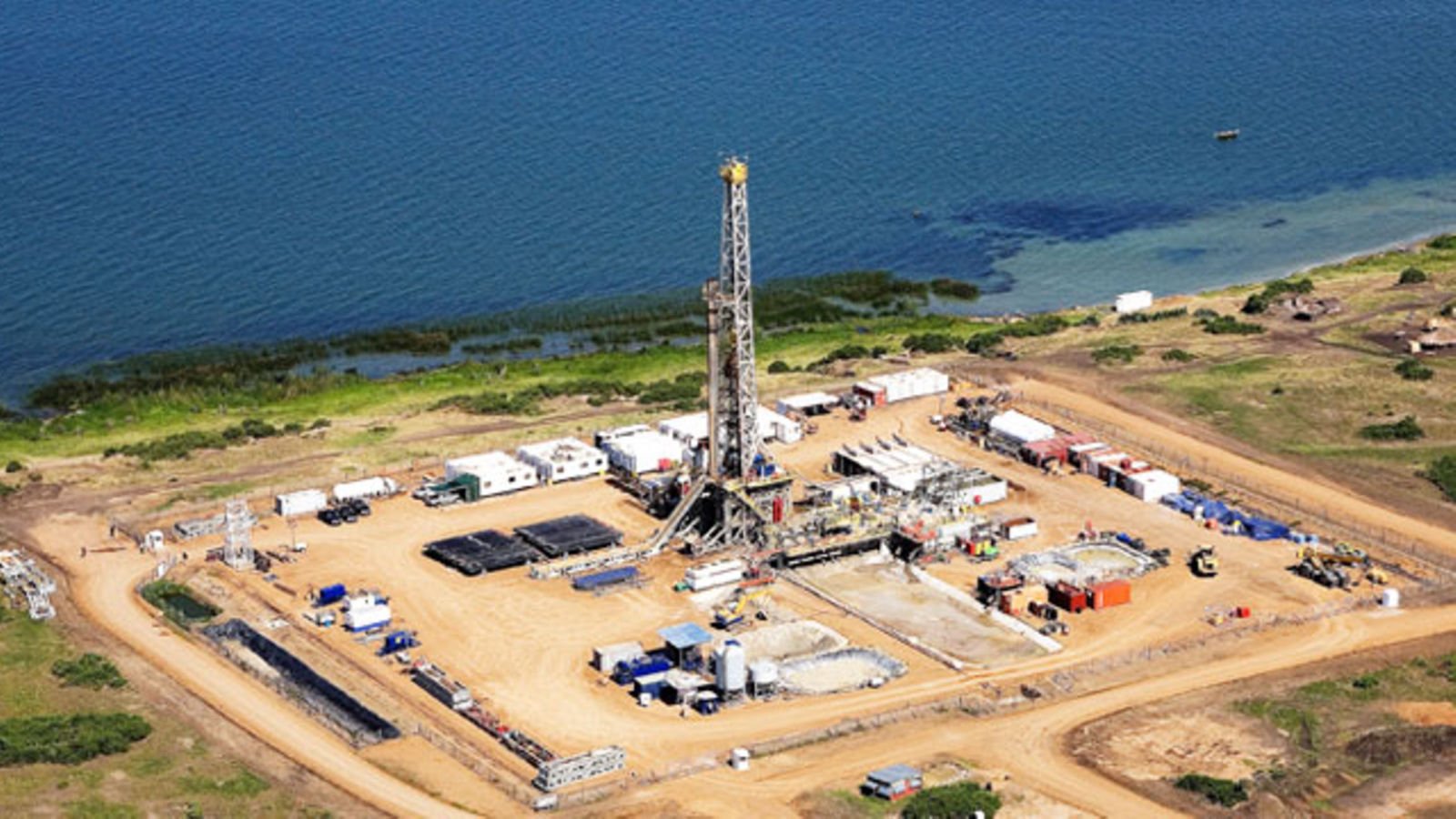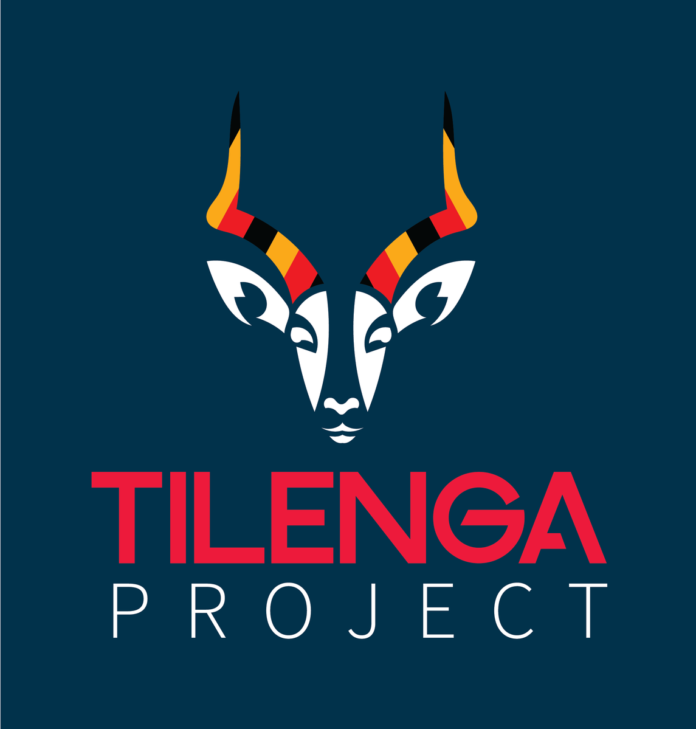Tilenga is the project name that was derived from the 2 local names for the Uganda Kob (Antelope), called Til in Luo and Engabi in Lunyoro. The Tilenga Project is operated by Total E&P Uganda (TEPU), and covers three (03) Production Licenses (PLs) from Contract Area (CA) -1 and three (03) PLs from LA-2. The PLs include; Jobi-Rii, Gunya, Ngiri, Kasamene -Wahrindi, Kigogole-Ngara and Nsoga.
The Tilenga project comprises oil exploration, a crude oil processing plant, underground pipelines, and infrastructure in the Bulisa and Nwoya districts of Uganda.
Location of Tilenga Project
Tilenga project is located in the Bulisa and Nwoya districts in the Lake Albert, the Tilenga project is operated by Total Energies (56.6%), in partnership with CNOOC and UNOC. It includes the development of six fields and the drilling of around 400 wells from 31 locations.
The land acquisition process for the Tilenga project stands at 25%, with only RAP 1 for the industrial area at 98% implementation, while the planning phase for the other four (04) RAPs was concluded, and implementation commenced in April 2021.
Murchison Falls National Park and Tilenga Project
The Project includes temporary conversion of the disused Masindi airstrip into a Vehicle transit Checkpoint. The Project Area is naturally split between the north and south banks of the Victoria Nile River. This area includes the Murchison Falls-Albert Delta Wetland System Ramsar site along the Victoria River Nile. This is also an Important Bird Area (IBA) and is known to support rare, vulnerable and endangered species.
Approximately 30% of CA-1 recoverable reserves, EA-1A east of the Albert Nile, and part of LA-2 (North), is within the Murchison Falls National Park (MFNP) which is the largest and the second-most visited national park in Uganda and it is ecologically important for a number of globally and regionally threatened species. Together with the adjacent Bugungu Wildlife Reserve and the Karuma Wildlife Reserve, Murchison Falls National Park forms part of the Murchison Falls Protection Area (MFPA).
The Project Area of influence (AoI) extends over a wider area across the region and includes those areas potentially affected either directly or indirectly, by the activities associated with the development of the Project (including those within the main Project Area for Tilenga, plus the area related to any Associated Facilities)

The Tilenga Project is a strategic project because of the anticipated benefits for the country including job opportunities (skilled and unskilled) and improved infrastructure such as roads. The Project is also anticipated to provide businesses with opportunities to supply goods and services to the oil companies and their contractor.
The Uganda Wildlife Authority (UWA) has issued tough guidelines for Tilenga Oil Project (WellPad5) construction in Murchison Falls National Park.
Under the new guidelines, contractors for Well-pad 5 shall not pick any flora and fauna in the park.
Uganda Wildlife Authority officials said in a statement that there shall also be “no hooting in the park” during the construction period.
Contractors are also required to use camouflage on white, yellow and red vehicles and seek approval for the construction of storage facilities.
Floor line digging in the park has also been restricted to one kilometer at a time.
The Tilenga oil project, which is 56.6% operated by Total Energies E&P, is located in the ecologically fragile Murchison Falls National Park and parts of the River Nile Basin.
To avoid distorting the biodiversity, flora and fauna in the park, Uganda Wildlife Authority has rolled out various measures to mitigate the expected impact that the construction of the Tilenga project might cause on the park and River Nile.
Experts say that the Tilenga oil project facilities inside Murchison Falls National Park will cover less than 0.05% of the surface area, while 1% of the park land will be used.
“Tilenga and EACOP are concrete examples of the application of the company’s ambition and commitments to biodiversity. Significant resources have been mobilized to implement them in an exemplary way. For four years, the affiliate has been in close contact with the local people and has been striving to minimize the projects’ impact on the local community.
We are proud to be a part of these major developments for the company that promise to transform their host countries,” the vice president of Total Energies E&P Africa, Nicolas Terraz, said in his commentary about the project.
Program with Uganda Wildlife Authority
- Training of rangers and equipping them to upgrade their skills, arresting poachers.
- Provided equipments like laptops
Protecting the integrity and connectivity of savanna habitats
- Improving law enforcement
Conservation and restoring wetland and riparian vegetation
- Set up of community wetland user groups to promote sustainable wetland user groups to promote sustainable wetland usage.
Conserving and Restoring forests and forest connectivity
- Restoration of forests corridor linkages with communal land associations.
- Environment monitoring, monthly monitoring of water quality on selected boreholes.
- Quarterly monitoring of selected locations for air quality, noise and vibration.
- Dust and particulate matter monitoring continued
- Identification of mitigation measures for dust suppression.
The project includes the following facilities:
- i) Development of a Central Processing Facility (CPF) with capacity to process 190,000 barrels of oil and 700,000 barrels of total liquid per day.
- ii) Drilling of over 426 wells (200 water injector wells, 196 oil producer wells, 2 polymer pilot wells and 28 reference wells) which are planned to be drilled on 31 well-pads.
iii) Over 160 kilometres of flow-lines which will transport crude oil and water from the wells to the CPF.
- iv) 95 km 24 inch feeder pipeline which will transport the processed crude oil from the CPF in Bulisa to the export hub and Refinery in Kibale in Hoima District.
- v) Other supporting infrastructure include; Victoria Nile Crossing, Temporary and Permanent Operation Support Base camps and a Lake Water Abstraction Station.
Sustainability and Climate
The approach is based on four pillars; Climate and sustainability energy; People’s well being; Care for the environment; creating value for the society
Total Energies places sustainable development in all its dimensions at the heart of its strategy, projects and operations to contribute to people’s well-being and aims to be a benchmark for endorsement of the United Nations’ Sustainable Development Goals. At the same time, people expect a clear and responsible commitment from businesses to preserve the climate for future generations.
Implementation of Resettlement of Action Plans (RAP) activities
- Location of well pads, flow lines, access roads and feeder line
- Acquiring land
- Compensation
- Resettling 205 primary residents
Progress of the Implement activities
- Distribution of dry ratios, maize flour, cassava flour, Beans and cooking oil.
- All 622 received transition support
- Agriculture support services like training crop improvement, planting trees.
Stake Holder Engagement
- Engagements 6 districts and city 23 sub counties or town councils, 84 villages
- Radio program and community drives conducted focusing on grievance producer.
Social Management Programs
- Cultural Heritage and Archeological Management Services. Relocating shrines and graves. Relocating cultural heritage and preservation of cultural heritage
- Management Services, village level awareness
- Community Content Economic development plan, community agriculture initiatives.
- Waste management (including solid and liquid wastes)
- Social and socio-economics (people, communities, and livelihoods);
- Community and occupational health and safety; and
- Ecosystem services (the ways in which people benefit from natural ecosystems).








